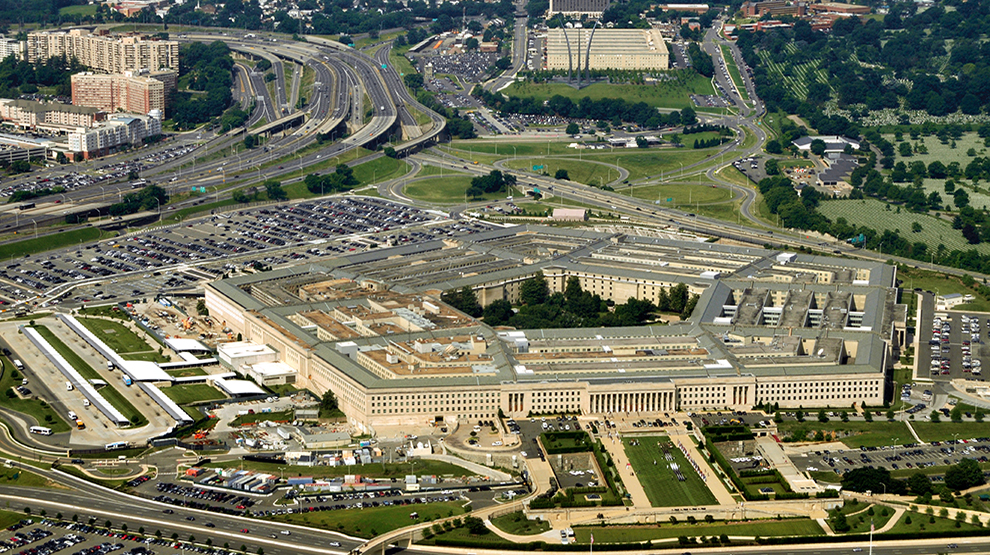by Greg Valliere, AGF Management Ltd.
PRESIDENT BIDEN IS EXPECTED TO UNVEIL the first draft of his fiscal 2022 budget today and the main focus will on a deficit that may exceed $3 trillion for the second successive year.
ON CAPITOL HILL, where jobs in home districts are a crucial political factor, the focus will be on Biden’s defense spending request, which may be barely above the rate of inflation and therefore controversial on the left and the right.
BIDEN REPORTEDLY WILL CALL for less than the $722 billion projected in Donald Trump’s final budget, thus launching a new trend — leveling off on defense spending after robust hikes in the past four years. Biden’s proposed top line number for the Pentagon will be about $715 billion, up from $704 billion in this fiscal year.
REPUPUBLICAN LAWMAKERS ARE HEARING from Pentagon officials who were planning for more money; they will have to defer some purchases if the final figure is something closer to $715 billion. Many Republicans want a 3% to 5% spending increase, while progressives are urging a 10% cut.
THE $715 BILLION figure, to be released as part of the initial Biden budget today, excludes funding for nuclear programs and the annual add-ons in the Overseas Contingency Operations (OCO) account, which is used mostly for emergencies but is widely derided as a “slush fund” for the Defense Department.
NO COUNTRY COMES REMOTELY CLOSE to the U.S. in defense spending; China is second at around $200 billion (precise figures are not available). Then comes India at about $70 billion, then the United Kingdom, France and Germany. Russia, which is making noise this week on the Ukrainian border, spends about $60 billion, most analysts believe.
OUR CONCLUSION is that the Pentagon budget will get a few extra billion dollars this summer as Congress debates the bill; members will argue that slightly more spending than $715 billion would be a mere rounding error compared to trillions in expenditures for Covid aid and infrastructure.
NEVERTHELESS, the Pentagon will have to tighten its belt, a potential negative for programs like ship-building. Barring a geopolitical crisis, annual defense increases won’t be much higher than the rate of inflation for the next few years.















